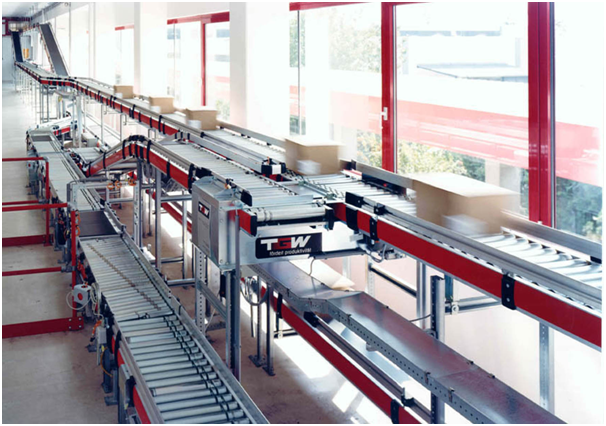
5 More Things to Consider When Designing a Pneumatic Conveying System
If you’ve decided that a pneumatic conveyancing system is right for your business, then you’ve already begun the process of considering your needs. The company who is designing your system should be experts in the area. The following points are points which you, and they, will need to consider when deciding exactly which system is best for you.
Material Characteristics
The material to be conveyed is the most important consideration. The size of the particles and the weight of the particles will determine the size of the different system components, such as the vacuum receiver or the air source, as well as how much filtration will be required. It’s also important to know whether the material to be moved flows freely, or whether it is sticky, likely to clog or sluggish.
Distance
Another very important consideration is how far the material has to travel. Pneumatic systems can cope easily with vertical or horizontal movements, and can be fitted around existing machinery, but the number of turns a system has to take will have an effect on how much power it needs.
Headroom
Pneumatic conveyancing systems need less headroom than mechanical systems, but they still need at least 30 inches. There are ways to get around headroom constraints, such as cyclones, filterless material receivers and scaling valves. A pneumatics system supplier such as http://www.aptech.uk.com/pneumatic-conveying/ will know how to make the most of your factory space.
Material Container and the Pickup Point
When designing a system, it’s important to be clear what the material will be brought to the system in, and how it needs to be fed into the system. Different containers will require different kinds of pick up points, such as a wand, a bagging station, a bulk bag unloader or a pickup adaptor. You can read about this in more detail via numerous online resources.
Process Equipment
Just as it’s important to know where the material is coming from, it’s important that your system designer knows where it’s going to. In other words, the kind of process equipment that is being fed by the system will affect the system design. Is it going to a loss in weight feeder, a mixer or an extruder? Is it going to packaging equipment? They all have an impact on the system design.

Leave a reply